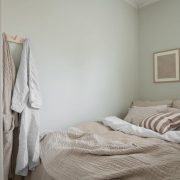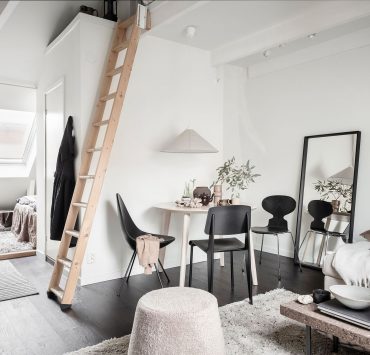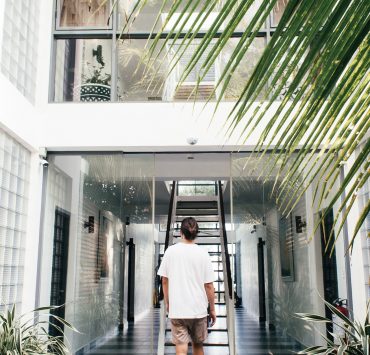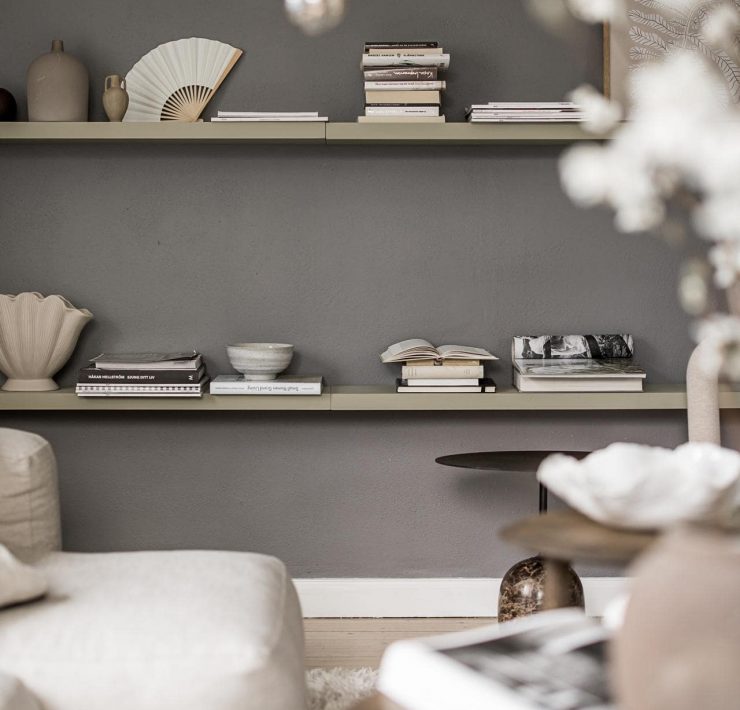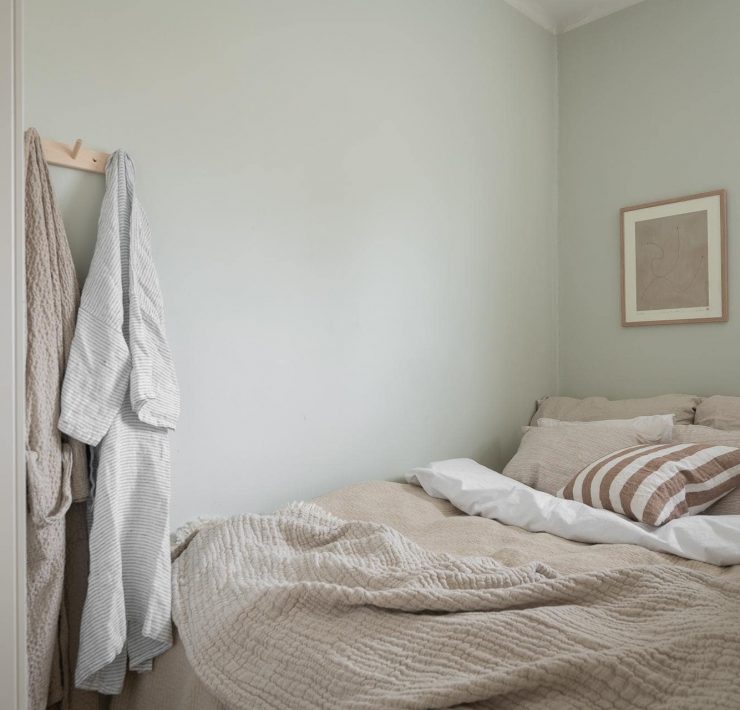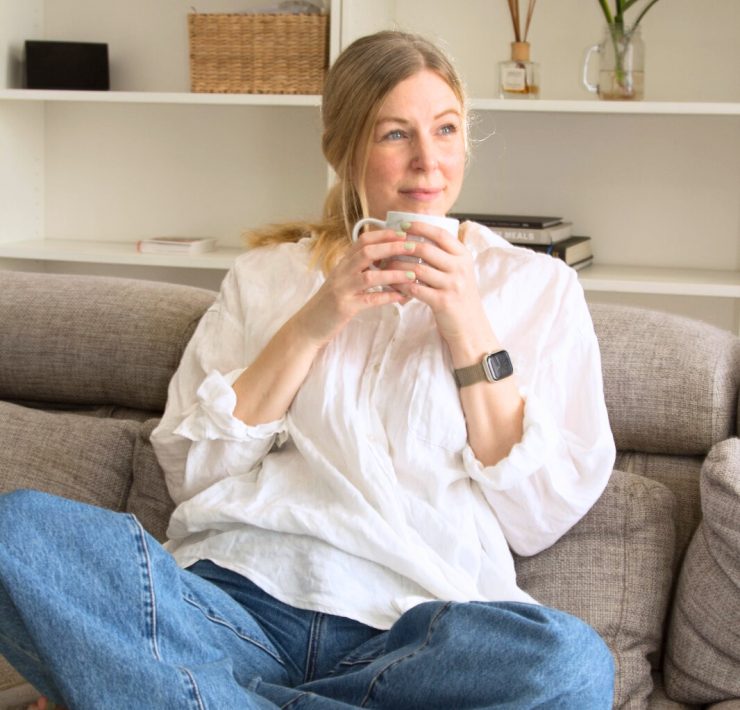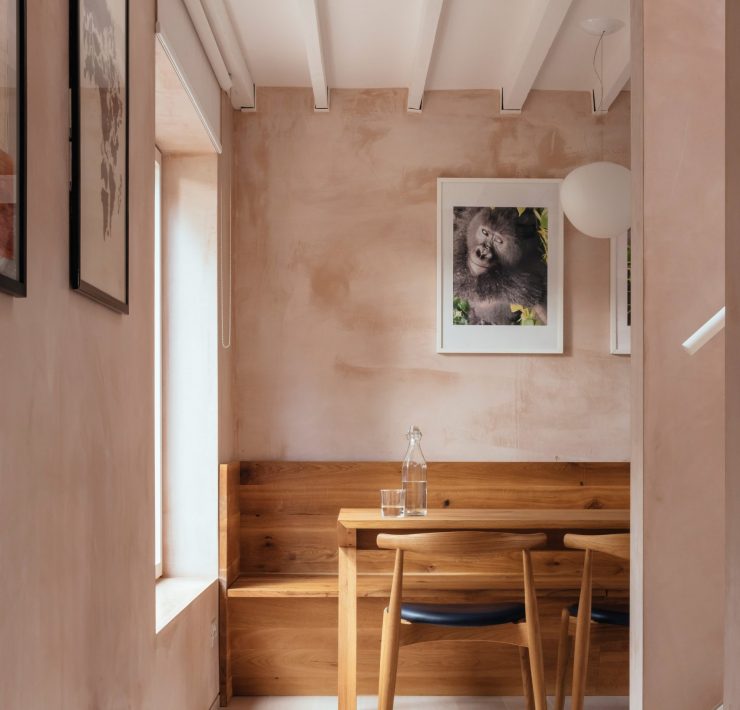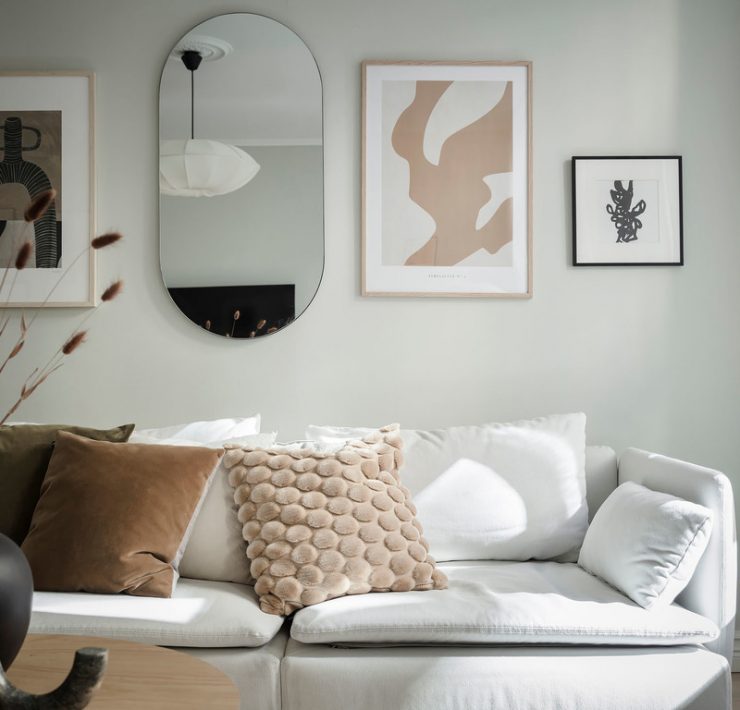Home » Interior Spaces » How interior design affects mental health?
How interior design affects mental health?

Wondering how interior design affects our mental health and how interior design affects moods?
The environment that surrounds us leaves a great impact on our psychology. It impacts our mental well-being, our moods and can therefore even impact how we achieve our goals and visions of life.
We as human beings directly come in contact with everything in our surroundings and it so deeply affects us without us at times even knowing.
It is no wonder why Feng Shui decor and holistic interior design have been, and are becoming more popular with them both focusing on improving the feeling of the overall space.
There are quite a few ways that design and decoration can impact your wellbeing, it can be used to reduce stress, creation of feeling safe and also create a happy home and infuse some creativity. What is important to note is that this is all individual depending on the needs and wants of the person.
MY STORY
I have since I was a child been very affected by my environment, the environment impacted my mood, and my ability to feel creative and happy in general.
I recall the number of times, that my parents patiently allowed me to change room with them, just so that I could feel that fresh feeling of; change and a new start.
Also, anyone who might still be around since I started blogging in 2009, has seen the shift even more so lately that I am all about understanding the meaning behind a design and encouraging people to think more about how a well-designed space can impact one’s dreams and lifestyle vision.
If a design should truly have a positive impact on you – You should start with also understanding what you need and what vision you have for yourself.
(I have created a whole post and a free worksheet on why I think one should start with a vision board when decorating a home, and also how to do this.)
This can guide you through establishing a stronger connection between you, your home, your items, and the cohesive and harmonized feeling they all bring to you to fulfill you in all the ways possible.
11 Ways Interior Design Can Affect Our Mental Health and Mood
1. Impact Of Color Scheme on Our Moods
The color theory shows how interior design affects moods and how interior design affects mental health.
The color theory states that the shades that we choose from the spectrum to surround us leave a great impact on our moods.
You may feel fresh by entering a room having a splash of pop-up colors. It not only uplifts the décor of an interior design but also boosts one’s mood. The use of bright colors makes you feel energetic and active. However, you may feel dull and down after entering a room with the dominance of a monotonous color palette. It could be the tones of brown or grey that may make you feel passive and leaves you in a resting state.
You must have observed the use of fast colors in public places such as restaurants. It is done to increase your interest in the space with the use of colors. The use of bright red, yellow, royal blue, orange, and violet is done for the same reasons in public places. On the other hand, if you enter the bedroom of a luxurious hotel, you would find the use of warm lights and light colors, which are mostly monotonous, to make you feel comfortable and help you enjoy a peaceful sleep.


Credit: Entrance Makleri
2. Enable more inflow of sunlight!
A bright interior leaves a positive impact on your mood. You can clearly differentiate between the impact of two rooms with different lighting plans on your mood.
Just like, entering a room with an ample inflow of sunlight and a balanced artificial lighting plan will altogether uplift your mood.
While a room with dull lights and little to no inflow of natural light can appear grey and give less of a feeling of energy.
The power is to understand what you are trying to strive for in this case, for example, a cozy relaxing nook where you want to enjoy an intimate moment or relax with some Netflix, a darker room might be just perfect for this. While a lighter room (and especially with natural sunlight) can be perfect in your kitchen dining to make sure you feel waken up before your morning walk – and all in all create those happier home feelings.



Credit: Entrance Makleri
3. Leave more floorplan free!
You may create a soothing environment within your home by leaving more floorplan-free, while you design the layout.
This is commonly used in Feng Shui as well since a less cluttered floor plan will allow for energy to flow and therefore create more of a positive impact in your room.
A great tip here is to think about using walls as well instead of always adding all furniture on the flooring. For example, instead of a reading lamp on the floor, attach this to the wall. And instead of a nightstand that has feet, use a floating cabinet.
Even if I say, use the walls it is also important to remember that a less stuffed interior design looks more relaxing and helps you clear your mind. You can keep the interior design of your home simple and sleek to leave a good impression on your mind and soul that would surely affect mental health in the long run.

Credit: Fantastic Frank
4. Visual Clutter
Doing your utmost to avoid visual clutter in your space, is very important to have that clean feeling which will create a more peaceful and balanced feeling within us (and for our brains).
Visual clutter is known to create stress for the majority of people and eliminating this and planning proper organization in your space (especially if you are trying to make the most out of a small space) is crucial.

Credit: Photo by Karolina Grabowska from Pexels

Credit: Photo by RODNAE Productions from Pexels
5. Focus on function
Focusing on function, whether that is how you plan your floorplan or what type of furniture you will bring into your home, will help you in the long run with the feeling that you have a strong relationship with your space. There is a purpose on why the things exist and you have found a way of understanding how they serve you which usually improves the feeling of satisfaction.
6. Balance and consistency
Creating balance with help of furniture and lines will create less stress than for example having elements unbalanced.
A simple example here is a gallery wall that does not follow straight lines, will create a more organic, and somewhat messy look which to some inspires creativity (which can be soothing for once mental health) but at the same time, the same look can to someone else create a feeling of chaos.
To avoid this feeling of chaos, creating a gallery wall with more balance (for example, 8 frames of equal size and that together creates a square feeling) is the way to go.

Credit: Fantastic Frank
7. Limit blue light around the house
Even though we do love a smart home, and having plenty of option to get access to our screens in different rooms – avoiding too much blue light from screens are known to reduce stress. This is especially important in areas where you seek more calmness, example the bedroom or perhaps a reading room.
8. Biophilic design elements
Focusing on going all in, or adding a small amount of, greens in your home will benefit your well-being it is said.
Adding a wall of plants, or a ceiling with hanging baskets with plants or incorporating plants in some other way of your home will make your space feel calm while still having a feeling of breathing life.
Not to forget the added nice feeling of having someone or something to take care of, which is usually a human need; this can have a positive impact on our wellbeing as well.


Credit: Entrance Makleri

Credit: Photo by Teona Swift from Pexels
9. Natural Elements
As above, adding plants can be an easy way to make you feel happier and better about your home. But also bringing in other elements like water, fire, and wood, will help you to feel a connection to nature. A feeling of connection to nature helps us to calm down and makes us also feel connected which creates a feeling of familiarity and warmth.


Credit: Fantastic Frank
10. Incoporate Segmented Feel Zones
When planning your floor plan make sure to incorporate segmented different zones that you create after your needs of feelings.
This can, for example, be a feeling of the need for creativity which can be incorporated by designing a home for a creative life. Or a feeling of escape which can be done through creating a small darker nook that feels intimate and that makes you feel that you can escape reality. Or another idea is creating an area that is designated for self-care, which can mean that you want a space devoted for your gym area, reading, your journaling, or mediation.
Endless opportunities, and it all depends on what makes you feel good and what you can benefit from.


Credit: Entrance Makleri

Credit: Fantastic Frank
11. Incorportate a safe zones
Your home should be a safe zone, but to emphasize on this you can think about how you place the furniture in your home.
It is known in Feng Shui but also in the interior design practice, that placing your chairs, office desk, bed or even sofa, where you can observe all doors of your space will help you to create a safe feeling.
Before wrapping this up, here are some guiding questions that you can ask yourself to understand yourself and your needs much more.
Ask yourself…
- How do you want this space to feel?
- Is there anything with the space that stresses you?
- Is there anything with the space that gives you serenity and makes you feel good?
- What daily routines motivates you?
- Which habits have you identified that is helping you to feel better?
Use these answers as a guide when you design or arrange your home to best support your well-being. Or if you are opting for an interior design consultant online, bring these answers forward to them as they will be helping you in creating your unique and meaningful interior design.
Final Thoughts
I feel, it is pretty clear that we can see a correlation between, how interior design affects mental health and how interior design affects moods.
There are various ways we can impact the overall space and its occupant; we can use the colors schemes, the intensity of lights, the layout of our rooms, the selection of furnishing, and the pieces of art and décor in a way that may leave a refreshing impact on our minds.
The goal is always to improve the realtionship between the occupant and the space itself. And in order to do this we need to remember that there is no right way that fits all.
It is about making the space after your wishes, needs and the feelings you wish your home to evoke.

Related
I am Caroline, an ex interior design consultant, turned into a content creator, 30+ something Swedish born with an insane passion and interest for design, blogging, and living a meaningful and creative life. Design to me is about creating a (your) story – it is about understanding what matters and how to create something unique and meaningful which speaks and motivates you.

